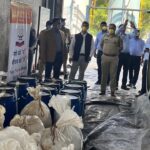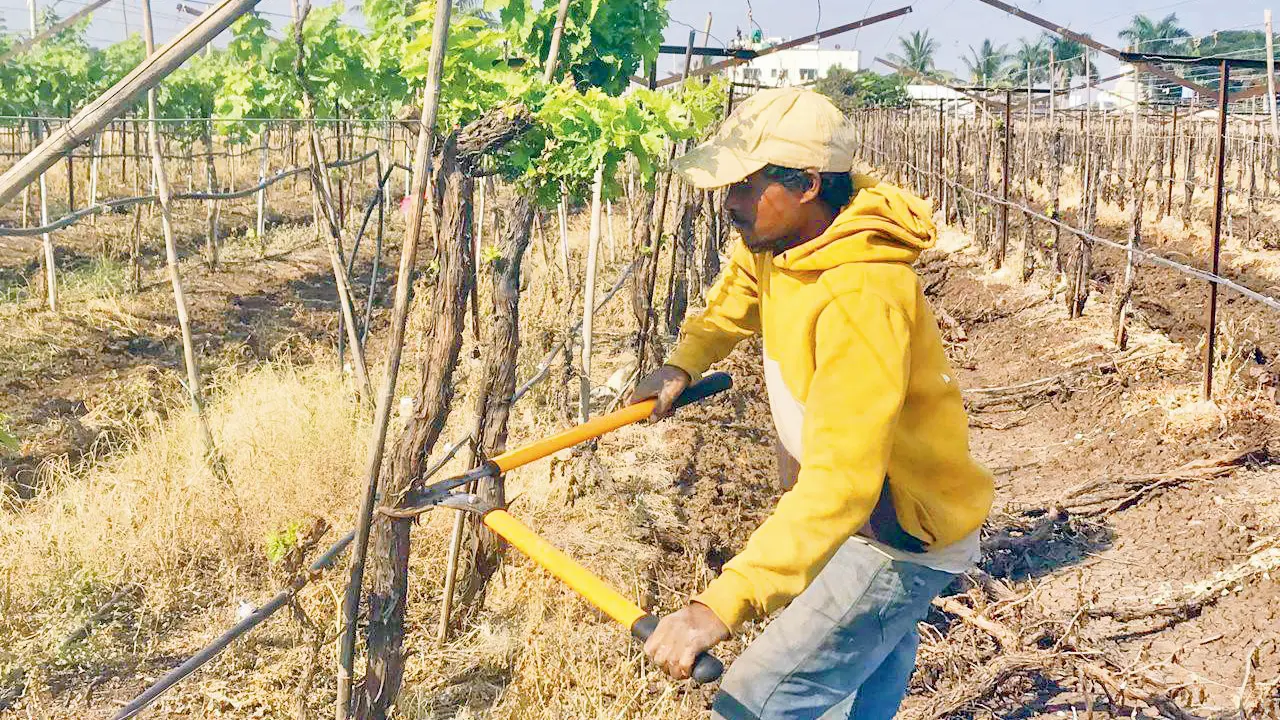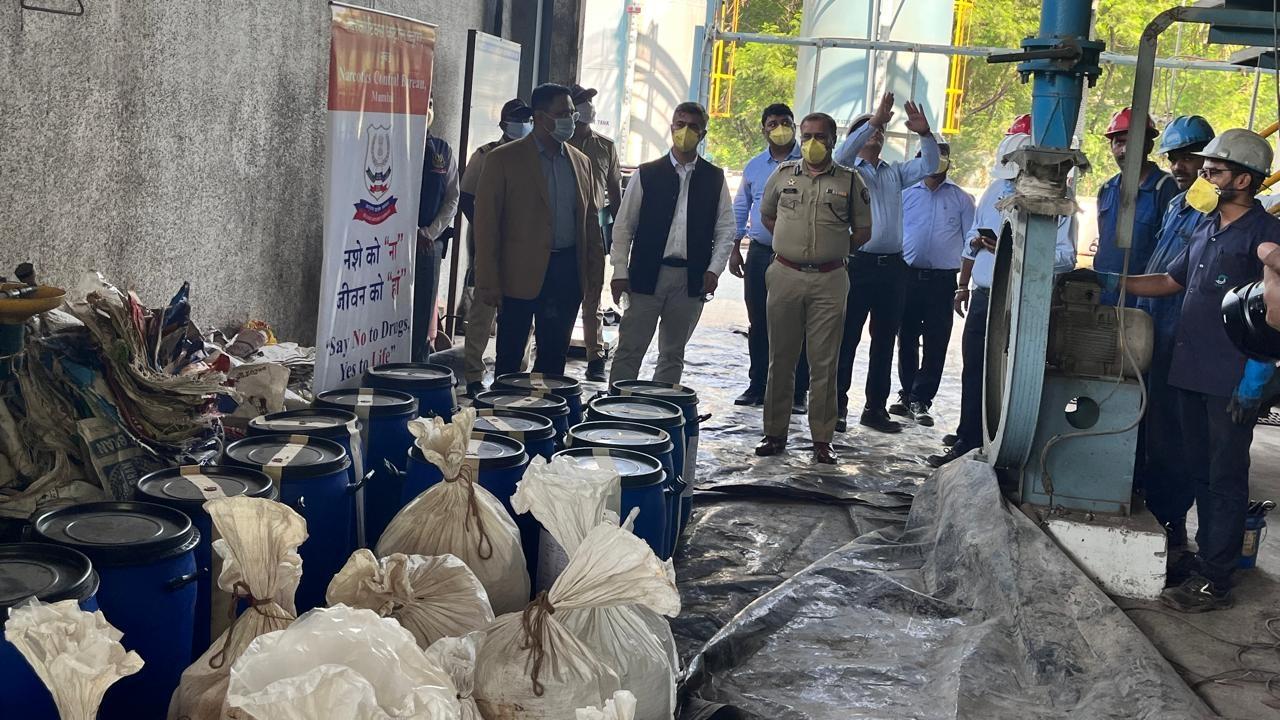Maharashtra’s grape belt is reeling under one of its worst crises, with production expected to drop nearly 70 per cent this year due to prolonged and unseasonal rainfall. The decline is hitting allied industries hard, while farmers, unable to cope, have started cutting down their vineyards. For the first time, close to nine suicides among grape growers have been reported in Nashik and other districts.
Experts say continuous rainfall and lack of sunlight since May 6 disrupted flowering and fruiting in grapevines across Nashik — India’s grape capital. The district typically produces about 15 lakh tonnes of grapes between December and April. This season, nearly half of the vineyards failed to bear fruit, while the remaining crops yielded sharply reduced harvests.
Kailas Bhosale, president of the Maharashtra Rajya Draksha Bagayatdar Sangh (MRDBS), told mid-day, “Nashik has suffered the worst damage. Excessive rainfall from May to November has caused around a 70 per cent decline in grape production. This will have a serious impact on the many industries dependent on grape cultivation.”
Ramanath Shinde, advocate and grape farmer
State-wide, production has fallen by 50 per cent, with Sangli down 50 per cent, Pune 40 per cent, and Solapur and Latur around 30 per cent. Grapevines need sunlight after pruning in April for flowering and fruit development. Continuous rain deprived crops of sunlight, weakening photosynthesis, and many bunches that did form rotted due to dampness and fungal infections.
Advocate Ramnath Shinde, a grape farmer from Shivadi in Niphad taluka and MRDBS Nashik director, destroyed his entire yield. “There was no point wasting time and money. The remaining crop was diseased, and spraying costs would have been high. We spend around `3000 per acre on spraying, but government aid covers only `2000,” he said. Shinde urged subsidised fuel for agricultural machinery to help young farmers recover at least part of their losses.
Other farmers faced similar losses. Dattatray Sudake from Udgaon in Niphad cut down his vineyard after one acre produced only 10 per cent of its usual yield. Balasaheb Sanap, another grower from Shivadi, also destroyed his vineyard.
Nashik district has about 1.75 lakh acres under grape cultivation, including 60,000 acres in Niphad, 45,000 in Dindori, 32,000 in Nashik taluka, and 18,000 in Chandwad. Early harvesting in Satana covers 3000 acres, while the main harvest, starting in January, covers the remaining 98 per cent.
However, the human toll due to the shortfall is alarming. In Ugav village, 45-year-old Kailas Pangwane, whose one-and-a-half-acre vineyard failed and loans totalled nearly `3 lakh, died by suicide. “We never had reports of grape farmer suicides before, but this year such cases have been recorded. It is shocking and heartbreaking,” said Bhosale.
Maharashtra produces about 80 per cent of India’s grapes, with Nashik and Sangli accounting for nearly 90 per cent of exports, valued at `3000 crore annually. Continuous rainfall caused waterlogging, root damage, and rotting of grape clusters, affecting domestic supply and export quality. Farmers in Niphad, one of the largest producing talukas, called the losses unprecedented. “It felt like gold turning to mud. The rain that should have nourished us has ruined our crop,” said one grower.
The MRDBS has appealed to Agriculture Minister Dattatray Bharne and Chief Minister Devendra Fadnavis, seeking loan waivers, interest-free credit, and financial relief. Agricultural experts warn that the prolonged wet conditions and loss of flowering could reduce output by more than half in the coming season, highlighting the growing impact of climate change on Maharashtra’s vineyards.











